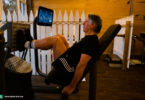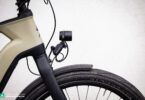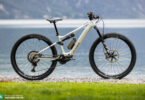The bike manufacturer is the real star at Brose! Introduced in 2018, the Brose Drive S Mag is highly customisable and compatible with third-party solutions. Five years on, it’s still a very interesting e-drive and, with a maximum support of up to 410%, a real powerhouse. Find out how it fares against the Bosch CX Race and Specialized Turbo 2.2, and what Brose has in store for the future!
This review forms part of our big ebike motor comparison test. Here you’ll find an overview of all 13 motors in review, along with lots of exciting background information, and helpful buying advice for your next purchase!

“I hope the motor will last” is a nagging doubt for many e-mountain bikers when getting a bike with a Brose Drive S Mag motor. And with good reason, because those who got a Brose bike right after the launch of the Drive S Mag back in 2018 had plenty of scares and bad news, most notably related to problems with the internal belt, which proved both a curse and a blessing for Brose users. On one hand, it allows for a natural ride feel and low noise level, on the other, it has caused lots of problems. The Brose motor has since been slightly mechanically revised and the software has been improved, resulting in fewer technical issues. The Brose Drive S Mag was developed specifically for eMTBs but has found its way onto urban e-bikes too. As one of Brose’s core customers, Specialized worked in close collaboration with the German motor manufacturer on the development of the Specialized 2.2 drive, which is based on the Drive S Mag and also features in this comparison test. At EUROBIKE 2023, the German tech manufacturer presented the new 2024 Drive³ Peak motor, which comes with countless technical innovations. The system is based on a 48 volt circuit instead of the previous 36 V version and forgoes a belt altogether, transferring the power from the motor to the cranks via an integrated stepless drivetrain. However, the Drive S Mag hasn’t been discontinued and still forms part of Brose’s drive portfolio.
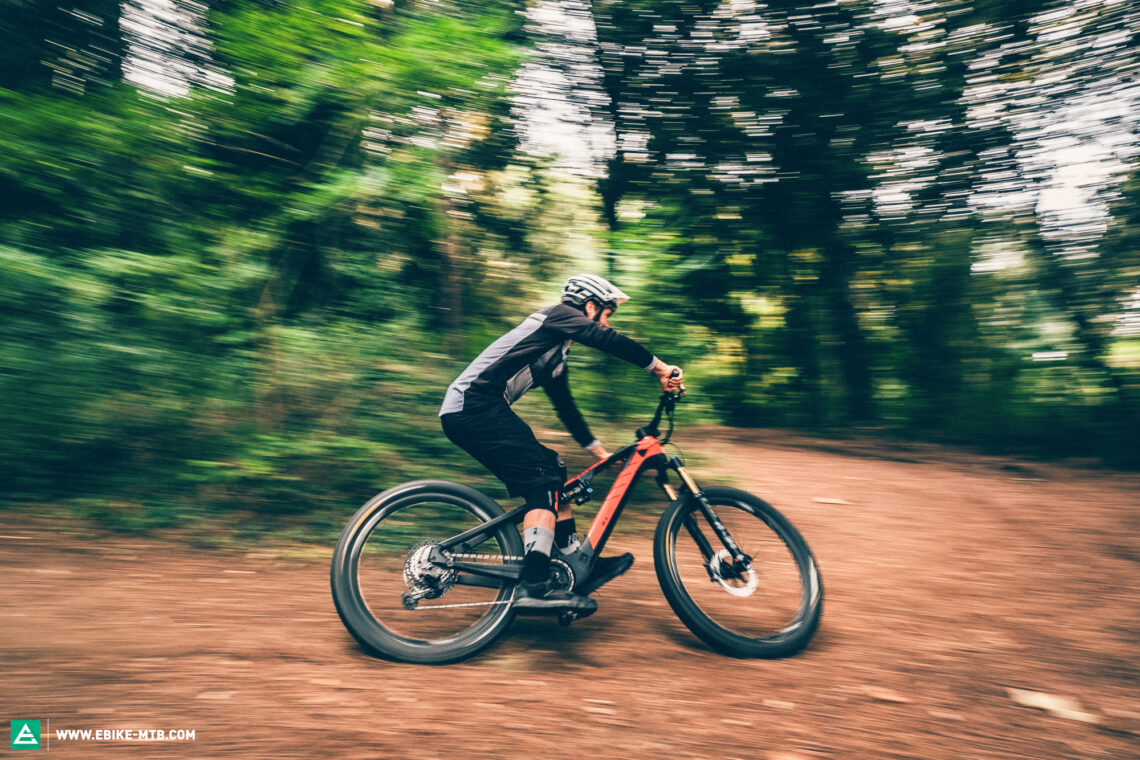
The Brose Drive S Mag motor system in detail – maximum flexibility for manufacturers?
The Brose Drive S Mag is rather bulky and creates a distinctive bulge at the bottom of the down tube, leading to a somewhat old-fashioned look, as you might expect from a motor which is at this point five years old. Bike manufacturers can choose from two housing designs with different mounting points, which gives them maximum flexibility with frame designs. Inside the magnesium housing, a belt drive with double sprag clutches transfers the power to the cranks. The major advantage of the belt drive is that there’s no internal resistance when riding faster than 25 km/h, or when the motor is switched off, making it easier to get home when your battery runs out of juice. Providing up to 90 Nm of torque and 410% assistance, Brose’s ebike drive is one of the true powerhouses in this test, leaving behind even powerful motors like the Bosch Performance Line CX Race in a cloud of dust. At 2.98 kg, it’s only slightly heavier than the Bosch Performance Line CX and the Panasonic GX Ultimate – and around 200 g heavier than the Bosch Performance Line CX in the Race Limited edition drive.
Since 2019, Brose have been offering bike manufacturers a complete system consisting of a Drive S Mag motor, 630 Wh battery, several display and remote options and a speed sensor. However, the battery is bulky and square-edged, making it difficult to integrate it into the down tube – and it’s also a fair bit heavier than other comparable batteries like the Bosch PowerTube 625. As far as displays and remotes go, bike manufacturers can choose from several different options, from minimalist LED solutions to bigger, centrally mounted displays with additional thumb remotes. One of the most common display/remote setups is the Brose Display Allround, which shows basic riding data like the speed, current support level and battery charge status in 20% increments. This forms a single unit with the remote and can be attached to either side of the handlebars – very practical! Unfortunately, the buttons are hard to reach, especially while riding. On the upside, they provide excellent haptic feedback with a clearly defined click, letting you know that the command was received. Unfortunately, the display is highly reflective, and when you angle it to eliminate the annoying mirror effect, the buttons are even harder to reach. Alternatively, Brose supply the big Display Central, which sits centrally on the handlebars. The slim Brose Display Remote can be used either on its own or to control the Central display. In this regard, the Specialized Turbo 2.2 offers clearly better solutions. That said, bike manufacturers are free to combine the Brose drive with third-party components like the battery, display and remote, opening up far more options. While this gives them great freedom in terms of integration, it could lead to problems with service cases, as the responsibility might be thrown back and forth by the various suppliers. The easiest way to get your motor serviced is to contact your nearest Brose bike dealer or Swiss e-bike systems supplier FIT, which also provides the hardware of some Brose bikes. Brose also train other specialist dealers other than FIT.
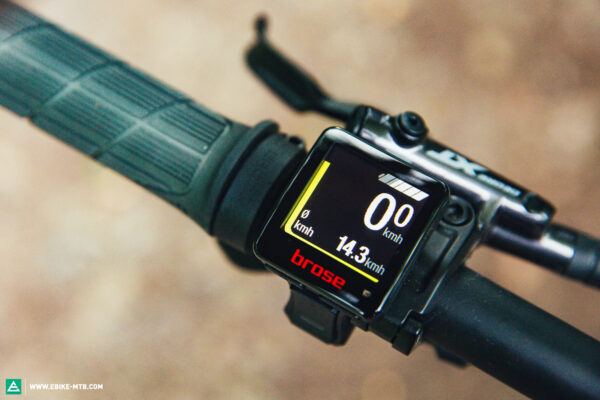
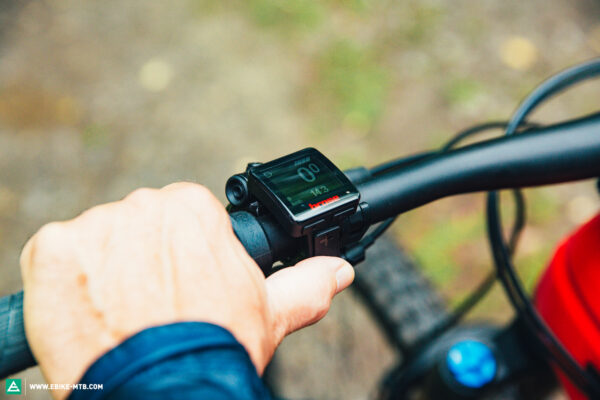
Brose developed a specific app for their complete motor system,consisting of a battery, remote and display, but this doesn’t work with any hybrid configurations. Like with most motors in this test, the riding behaviour of the Drive S Mag can be fine-tuned via the Brose e-bike app. However, the adjustments aren’t particularly well designed, so the modes can be edited at will and without any limitations. As a result, you could convert Eco mode into a powerful turbo, for example. Moreover, to carry out the changes you only have one slider per support level, which can be positioned between 0 and 100. In this regard, too, Specialized’s several steps ahead, allowing you to set up three individual parameters per support level to create some very cool settings! Brose also lag behind the competition with other features: for example, the app enables navigation but requires an external device to visualise the route, meaning that you’ll have to hold your smartphone in your hand while riding. Like with older cars, the estimated remaining range fluctuates greatly, as the calculation is currently based on the real-time consumption rather than average values.
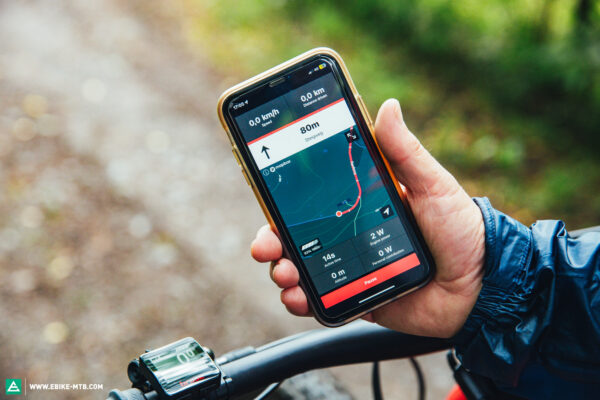

Brose Drive S Mag in review – Powerful or good natured?
Since bike manufacturers are given the freedom to fine-tune the motor’s characteristics, the riding behaviour can change greatly depending on the bike. Depending on the setup and support mode, the character can change from powerful, abrupt and hard to control, to intuitive, progressive and pleasantly natural. After testing the Brose Drive S Mag with countless eMTBs in the past, for this group test we rode the ROTWILD R.E750 Pro, which provides an optimal testing platform with its balanced, intuitive handling. On the trail, the Brose offers four support modes: Eco, Normal, Flex Mode and Sport. Flex Mode is Brose’s dynamic mode that adapts the assistance to the respective riding situation and convinces with a good balance of power and modulation.


Despite delivering an impressive 90 Nm of torque, the Brose feels a smidge more natural than the Bosch Performance Line CX Race drive. The Drive S Mag comes to life in slow, technical key sections that require low pedalling cadences, grinding its way to the top of the hill with plenty of oomph. Even at a snail’s pace, it packs a punch and gets you out of trouble if you come to a halt mid-climb, with its powerful sustained response pushing you over roots and steps without having to pedal. In terms of raw power, it plays in the same league as powerful drives like the Bosch Performance Line CX and Specialized 2.2, taking the edge off very steep climbs. On fire roads and gravel paths, however, the Panasonic GX Ultimate and the Pinion MGU E1.12 have a clear advantage. When cruising along in relaxed fashion, the Brose only requires little input from the rider. This also became evident in our lab tests at the Velotech institute, where the Drive S Mag delivers its torque noticeably earlier than its competitors, even with weaker pedalling input. Unlike other drives in this group test, Brose’s ebike motor is as quiet as a mouse, even when the going gets rough on the trail. That’s mainly due to the motor’s internal structure, which relies on fewer internal gears, reducing the rattling noise you generally hear as the gears mesh together.
Our conclusions about the Brose Drive S Mag
Brose ain’t Brose. No other motor system in our 2023 motor comparison test gives bike manufacturers as much freedom as the Drive S Mag, both in terms of software tuning and system integration. However, the overall performance of the motor system strongly depends on how it’s implemented into the bike’s overall concept. On the trail, the Drive S Mag packs a punch, but its behaviour can vary greatly depending on the bike its part of. In terms of connectivity, the S Mag is showing its age, and Brose still lag behind many of their competitors.
Tops
- Powerful
- No internal resistance
- Countless configuration options for bike manufacturers
Flops
- Be careful with second hand purchases: the first generations of the Brose Drive S have huge problems with the belt drive
- Riding behaviour can change greatly depending on the bike manufacturer
- Poor display solutions and bulky batteries
- Low quality app and sub-par support level customisation
For more information, visit brose-ebike.com
The test field
For an overview of our big ebike motor comparison test click here
All ebike motors in test: Bosch Performance Line CX (Click for review) | Bosch Performance Line CX Race (Click for review) | Bosch Performance Line SX (Click for review) | Brose Drive S Mag | FAZUA Ride 60 (Click for review) | GIANT SyncDrive Pro2 (Click for review) | Panasonic GX Ultimate (Click for review) | Pinion MGU E1.12 (Click for review) | Shimano EP801 (Click for review) | Specialized SL 1.2 (Click for review) | Specialized 2.2 (Click for review) | TQ HPR 50 | Yamaha PW-X3 (Click for review)
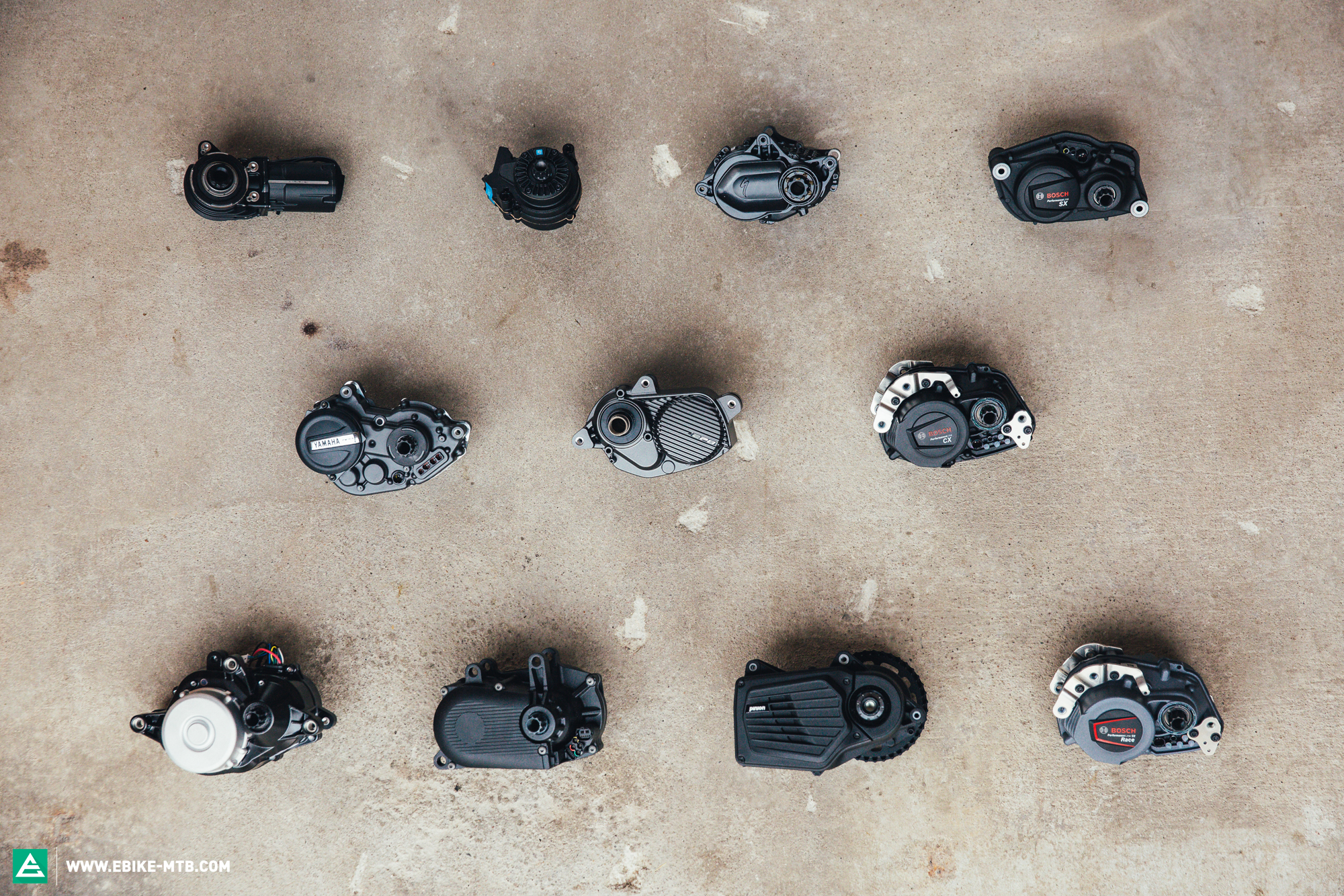
Did you enjoy this article? If so, we would be stoked if you decide to support us with a monthly contribution. By becoming a supporter of E-MOUNTAINBIKE, you will help secure a sustainable future for high-quality cycling journalism. Click here to learn more.
Words: Mike Hunger Photos: Various




